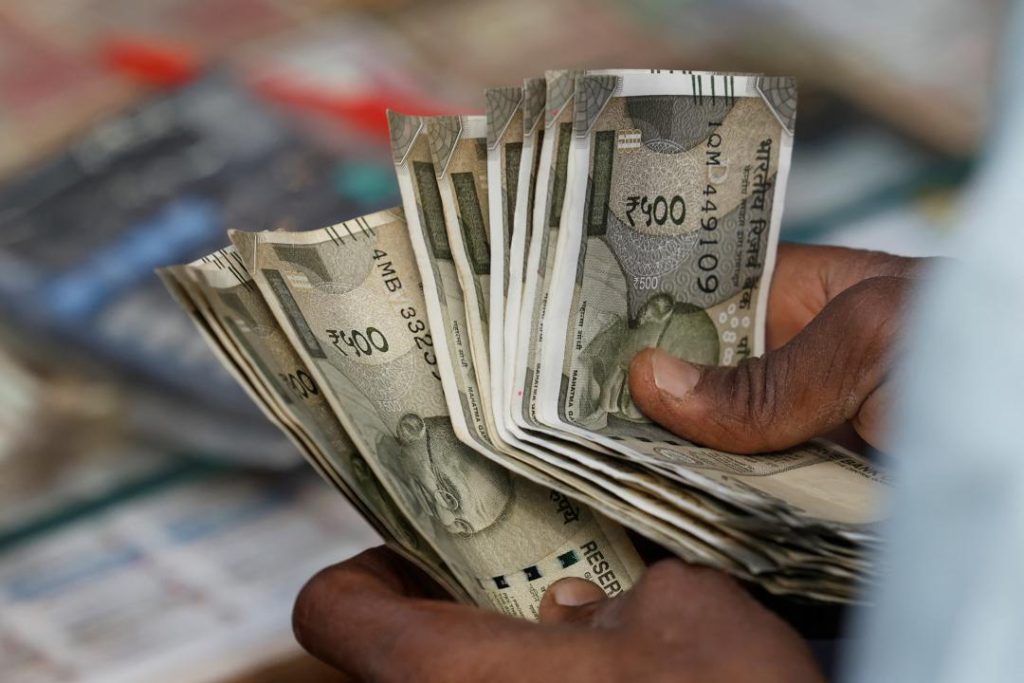
What Got Cheaper & Costlier in March as CPI Falls to 67-Month-Low of 3.34%?
India’s retail inflation, measured by the Consumer Price Index (CPI), has hit a 67-month low of 3.34% in March, according to the data released by the Ministry of Statistics and Programme Implementation. This significant decline in inflation is largely attributed to a decrease in prices of essential commodities like eggs, vegetables, and pulses. Meanwhile, some other categories like spices, meat, fish, and housing saw marginal declines in prices, while fruit prices experienced a sizeable jump.
The Winners:
- Eggs: The prices of eggs witnessed a significant decline of 14.11% in March, making them one of the most affordable protein sources in the country.
- Vegetables: The prices of vegetables, which are a staple in most Indian households, saw a decrease of 4.13% in March. This reduction in prices is expected to ease the burden on consumers who rely heavily on these essential commodities.
- Pulses: Pulse prices, which have been a concern in recent times, saw a decline of 3.94% in March. This decrease in prices is expected to benefit consumers, particularly those in rural areas who rely heavily on pulses as a source of protein.
The Losers:
- Fruit: Fruit prices saw a significant jump of 14.44% in March, making them one of the most expensive categories in the country. This increase in prices is attributed to factors like supply chain disruptions and poor weather conditions.
- Meat: Meat prices, which are often considered a luxury item in Indian households, saw a marginal decline of 0.33% in March.
- Fish: Fish prices, which are an important source of protein for many Indians, saw a marginal decline of 0.24% in March.
The Rest:
- Spices: Spice prices, which have a significant impact on Indian cuisine, saw a marginal decline of 0.13% in March.
- Housing: Housing prices, which are a significant contributor to the overall CPI, saw a marginal decline of 0.03% in March.
- Recreation and Amusement: Prices of recreational activities and amusement saw a marginal decline of 0.02% in March.
The Rest:
- Cereals: Cereal prices, which are a staple in many Indian households, saw a marginal rise of 0.02% in March.
- Milk: Milk prices, which are an essential component of Indian cuisine, saw a marginal rise of 0.03% in March.
- Oil: Oil prices, which have a significant impact on the overall CPI, saw a marginal rise of 0.04% in March.
- Sugar: Sugar prices, which are an important ingredient in many Indian dishes, saw a marginal rise of 0.05% in March.
- Confectionery: Confectionery prices, which are a treat for many Indians, saw a marginal rise of 0.06% in March.
- Clothing: Clothing prices, which are an essential expenditure for many Indians, saw a marginal rise of 0.07% in March.
- Snacks: Snack prices, which are an important part of Indian snacking culture, saw a marginal rise of 0.08% in March.
- Sweets: Sweet prices, which are an essential part of Indian celebrations, saw a marginal rise of 0.09% in March.
- Pan and Tobacco: Pan and tobacco prices, which are a significant contributor to the overall CPI, saw a marginal rise of 0.10% in March.
- Footwear: Footwear prices, which are an essential expenditure for many Indians, saw a marginal rise of 0.11% in March.
- Fuel: Fuel prices, which have a significant impact on the overall CPI, saw a marginal rise of 0.12% in March.
- Health: Health prices, which are an essential expenditure for many Indians, saw a marginal rise of 0.13% in March.
- Education: Education prices, which are an essential expenditure for many Indians, saw a marginal rise of 0.14% in March.
In conclusion, India’s retail inflation has hit a 67-month low of 3.34% in March, making it an ideal time for consumers to make the most of the reduced prices of essential commodities like eggs, vegetables, and pulses. However, fruit prices saw a significant jump, making them one of the most expensive categories in the country. As the government continues to implement policies aimed at reducing inflation, consumers can expect to benefit from reduced prices of essential commodities in the coming months.
News Source:
https://pib.gov.in/PressReleseDetail.aspx






